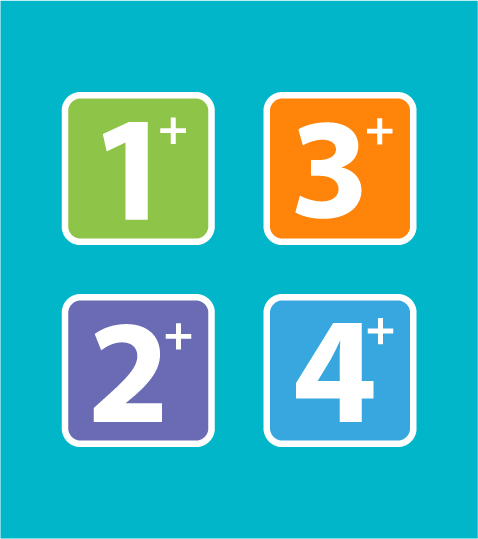Bilingual course
For professors designing bilingual courses, it is essential to craft a course description that effectively communicates the student experience, program coherence, and the added value of bilingualism, while also providing clear expectations regarding language competency and pedagogical accommodations.
What components must you include when describing a bilingual course?

- Recruitment statement designed to reach the intended audience;
- Student experience;
- Presentation of pedagogical approaches and assessment methods to enable students to get a good idea of how they might perform in the course.
- Program coherence;
- Intended learning outcomes;
- Added-value of bilingualism with regards to disciplinary and/or language learning;
- Indication of the required language competency level at the start of the term.
- Pedagogical accommodations to allow students to experience bilingualism fully.
Example of a bilingual course description
FRA 2961 Les personnages féminins du roman contemporain français et anglais
An exploration of a series of female literary characters through typologies typical of the modern French and English novel.
This seminar is taught alternating between the two languages. Readings, group discussions and student presentations will be in both languages and will aim to convey the major physical, psychological, sociological and political characteristics of the novel’s female characters.
The seminar is designed for you to develop a deeper appreciation and knowledge of the different perspectives on female characters in the novel developed in French and English-language contexts.
Recommended minimum language skills include the ability to understand, read and interact orally in class in your second official language.
Assignments designed to gradually increase your level of bilingualism, as well as individual supervision, are planned.
Important components
Assignments designed to gradually increase your level of bilingualism, as well as individual supervision, are planned.
- Statement aimed at eliciting interest by using keywords typical of the discipline
- Student experience; pedagogical approaches and assessment methods
- Learning outcomes and added value of bilingualism
- Required second language competency level
- Pedagogical accommodations to create an environment that favours student success
Example of a bilingual program description
Maîtrise en ingénierie, génie entrepreneurial de la conception
This is a bilingual program in the sense that full support is provided so that students can given to complete the requirements for the program in either English or French. We have a full complement of fully bilingual professors and advisors who can work with, mentor, and advise students in the language of their choice.
However, the professional language for engineering and for much of the access to venture capital in North America is English. In order to succeed in industry after graduation, students will need to develop a least a minimum capability in English. This program will provide an appropriately supportive environment for students whose first language is not English to do so at their own pace.
The internship and project courses can be completeddone entirely in French but the environment is bilingual and which often switches to English for professional and technical conversations. Elective courses can be takendone entirely in French as directed studies or as topic courses with a bilingual professor.
The regularly scheduled elective courses and all the core courses will be delivered in English. However, students have the right, and are encouraged, to complete all work required for the degree in either English or French. As stipulated in the University’s bilingualism regulations (Academic Regulations I-2), students will be able to write their work, including their internship and project, in the official language of their choice (French or English). Students will be informed of the policy on their language rights via the student handbook and the website. There is sufficient bilingual faculty to supervise and grade internships and project reports in either language. International internships and projects are welcomed, but reports and other gradable components must be submitted in English or French.
For students
Students are invited to consult the Teaching and Learning Support Service’s Web page to how to engage with bilingual courses.